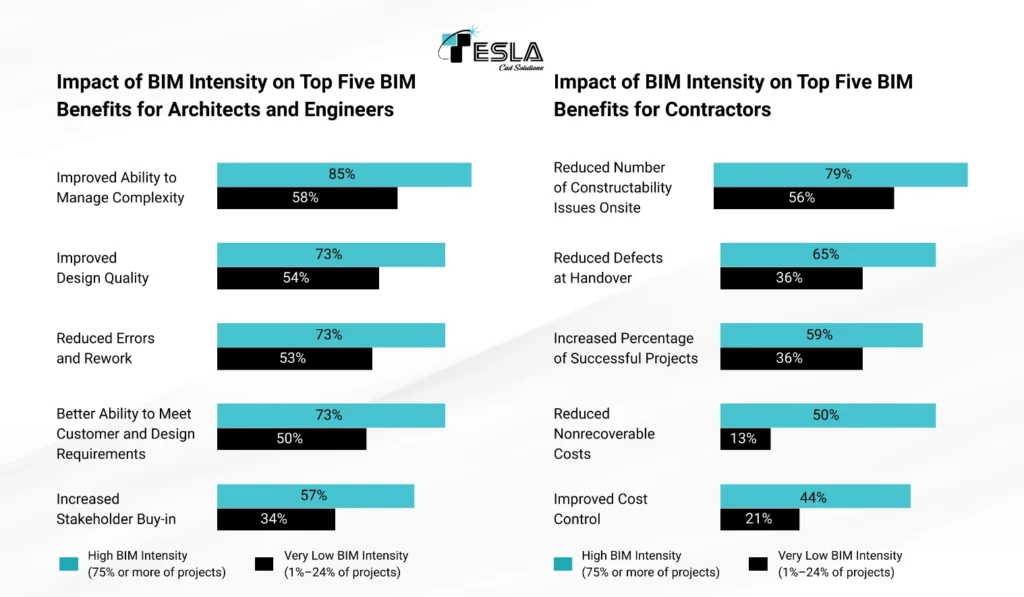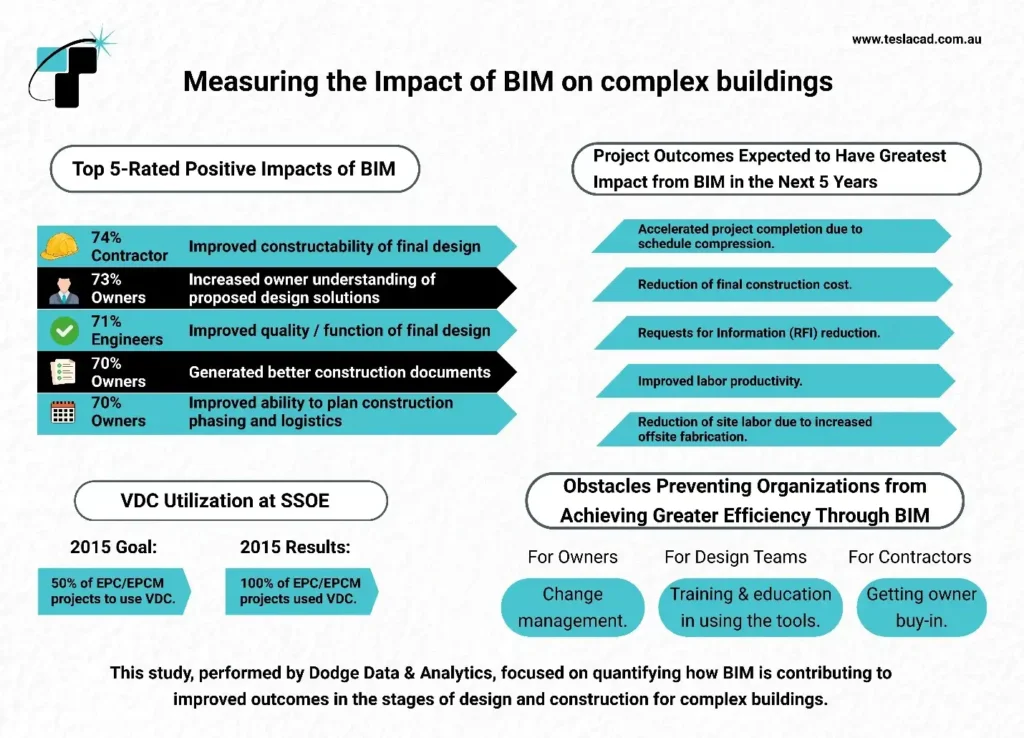
The Role of BIM in Mitigating Change Orders and Rework
Table of Contents
Exploring ways that Building Information Modeling (BIM) helps construction teams reduce rework and change orders via better collaboration, early conflict detections and improved project management systems.
The 2 Big Problems in Construction: Change Orders and Rework
The construction industry faces two major problems which include change orders and rework activities. The solution requires us to identify the problems and their effects on project execution. We need to define these terms before we proceed with the explanation. Change orders represent official modifications to original project plans and rework describes the process of repeating work because initial execution or planning failed to produce correct results. The construction industry encounters these problems frequently because they create budget overruns and schedule delays leading to owner and contractor facing dissatisfaction. The main causes of these problems stem from insufficient or ambiguous designs together with inadequate communication between different disciplines.
Did You Know?
Research indicates that rework expenses reach up to 5% of total project costs while additional costs from schedule delays and productivity losses make the total expenses rise even higher -SOURCE
Research indicates that rework expenses reach up to 5% of total project costs while additional costs from schedule delays and productivity losses make the total expenses rise even higher. The implementation of BIM leads to resource waste and decreased return on investment (ROI) for project owners. The practice of rework leads contractors to experience lower profit margins while creating more difficulties in maintaining client satisfaction and expectation management.
BIM as a Transformative Solution
BIM has proven itself as a solution that transforms construction practices. BIM surpasses traditional 2D drafting because it generates a unified digital platform which enables architects, engineers and contractors to work together effectively. The combination of detailed 3D visualization with integrated disciplinary data enables teams to achieve early alignment and decrease uncertainty which results in fewer unexpected construction issues.

Statistical Impact of BIM on Reducing Errors, Rework, and Costs
Clash Detection: Identifying Problems Before They Happen
BIM provides its users with the most effective clash detection tool among all its available features. The lack of detection for structural, electrical and mechanical system conflicts during installation work results in construction delays and additional site work.
The design phase of BIM simulations reveals potential conflicts between different system components. Digital solutions enable the resolution of HVAC ductwork and MEP system conflicts before construction starts at the building site.
Did You Know?
Research indicates that BIM-based projects reduce their unplanned change orders by 40% when compared to 2D drawing-based projects -SOURCE
Beyond 3D: 4D and 5D BIM
BIM extends its capabilities past visual design functionality. The integration of project elements with scheduling data in 4D BIM allows teams to see how construction activities will unfold through time. 5D BIM combines cost data with its system to help users create precise budget plans and forecast expenses effectively. The unified system enables managers to conduct “what-if” assessments along with building construction sequences and determining design modifications’ effects on project duration and financials. The team gains the ability to plan resources in advance through proactive management.
Communication: A Key Driver of Efficiency
The process of clear communication plays a vital role in minimizing change orders. The interpretation of 2D drawings by clients frequently results in miscommunications which require last-minute design modifications. Through BIM’s 3D models stakeholders can experience virtual project tours which enable them to provide feedback during the early design phase.
BIM provides contractors with an organized system to track construction advancement, handle subcontractor management and maintain access to the most recent project data. The shared digital platform provides a solution for contractors to not only track their work progress but also handle their subcontractors while maintaining access to the most recent project information.
Extending Benefits beyond Construction
BIM provides ongoing advantages to users after construction work finishes. BIM provides building owners with digital twin technology that enables them to manage their assets and perform preventive maintenance while achieving operational cost savings. The system maintains straightforward access to essential facility data which includes equipment specifications, warranty information and maintenance plans for efficient long-term facility management.
BIM enables sustainable construction through its built-in tools which perform energy efficiency assessments and daylight analysis and MEP system conflict detection. The implementation of BIM systems helps projects achieve environmental and safety requirements with greater ease. BIM enables organizations to obtain sustainability certifications through LEED and BREEAM programs.

BIM Adoption: Goals, Results, and Challenges
Conclusion: BIM as a Game-Changer in Construction
BIM is not just a piece of software—it is a tool which has revolutionized the entire process of construction planning, project management and execution. BIM delivers digital precision, predictive insights and collaborative workflows which solve the fundamental problems that lead to rework along with change orders. The implementation of BIM technology enables project owners to achieve better return on investment while delivering more reliable results. The system helps contractors decrease their project risks while delivering construction projects at higher efficiency levels. The construction industry achieves better performance, sustainability and reduced costs through its adoption of BIM technology.
FAQs
BIM technology implements what specific methods to decrease the amount of rework?
The virtual detection of clashes and errors through BIM before construction starts helps prevent field conflicts which reduces costly rework expenses.
What are 4D and 5D BIM?
The integration of 4D BIM allows users to link project components with scheduling information. The integration of 5D BIM enables cost data connection for precise budget planning. The combination of these two systems enhances the accuracy of time and cost projections.
Does BIM enhance the way clients communicate with each other?
Yes. The 3D models of BIM enable clients to see designs more clearly which not only helps prevent design misunderstandings but also reduces the need for late-stage design changes.
Does BIM offer any advantages for post-construction activities?
Absolutely. The digital twin of a building created through BIM technology enables better asset management, maintenance operations and more efficient long-term facility operations.
Ready to implement BIM’s game-changing power on your next project? Slash rework and change orders today! Contact us to discuss your BIM needs.



